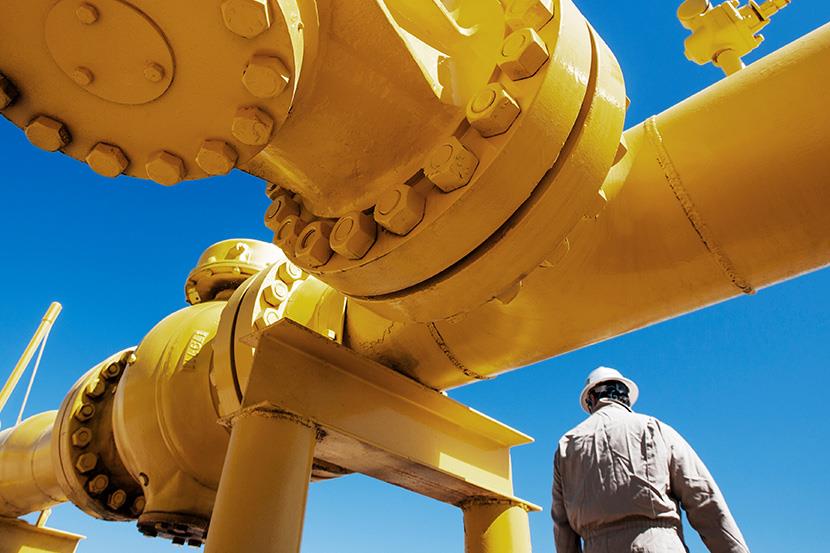Customize Your Static Seal Performance with the Right Elastomer
Static seals are characterized by a lack of motion between two elements—fuel injector O-rings or manifold gaskets, for example. These seals come in many forms, shapes, and sizes.
The most common static seal is the O-ring, which can either function as a radial static seal for covers, pipes, or cylinders, or as an axial static seal for caps, plates, or flanges. O-rings work in pressure environments, with an initial squeeze acting in a radial or axial direction to give the O-ring its initial sealing capability. As pressure increases, the O-ring disperses pressure uniformly in all directions, forming the ideal seal.
The material used to create a static seal is critically important, and determining which to select depends on the seal's intended function and the environment in which it will operate. Viton™ fluoroelastomers come in different grades that allow great customization of a static seal’s properties.
O-rings and other static seals made from Viton™ fluoroelastomers are widely used in aerospace, military, chemical processing, oil and gas, and other application areas with extreme temperature, pressure, and chemical environments.
Viton™ fluoroelastomers can create a static seal with key properties that include:
- Wear, water, heat, and chemical resistance
- Compression set resistance (the ability to return to original shape after compression)
- Permeation resistance (the ability to prevent the penetration of a liquid or gas through the seal)
- Resilience (a measure of how elastic a rubber is when exposed to stresses)
- Ability to meet military standards (MIL-SPEC) and aerospace material standards (AMS)












